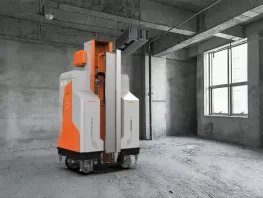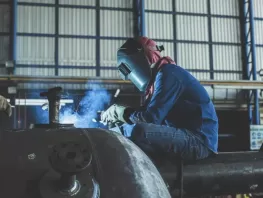
Flooring Solutions for Medical Facilities: A Complete Guide
Posted Nov 11, 2024 by Dave Scaturro

Selecting the right flooring in medical facilities is absolutely critical for both patient care and operational efficiency. These floors must withstand intense demands, from heavy foot traffic to rigorous hygiene standards, while supporting patient safety and comfort. In this guide, we share some key flooring options and considerations to help healthcare facility managers make informed decisions on the best flooring solutions for their patients, visitors, and employees.
Key Requirements for Medical Facility Flooring
1. Hygiene and Ease of Cleaning
Flooring must be easy to clean to prevent the spread of germs in sensitive areas like patient rooms and treatment spaces.
2. Durability and Heavy Traffic Resistance
High-traffic areas such as hallways, waiting rooms, and emergency areas need durable flooring that withstands regular use and equipment movement without deteriorating.
3. Slip Resistance and Safety
Slip-resistant flooring is essential for minimizing fall risks, especially in areas prone to spills or wet conditions, like bathrooms or operating rooms, where safety is a top priority.
4. Comfort and Noise Absorbtion
Comfortable, noise-absorbing flooring can positively impact patient recovery and reduce stress, which is essential in waiting areas, patient rooms, and therapy spaces.
Recommended Flooring Types for Different Medical Spaces
Choosing the appropriate flooring depends on the specific requirements of each area in a medical facility. Below are some ideal flooring solutions tailored for various healthcare spaces:
1. Vinyl Flooring for Patient Rooms and Hallways
Vinyl is a versatile, durable option that is easy to clean and offers moderate noise absorption. It provides a comfortable underfoot feel, making it ideal for patient rooms and hallways where both durability and ease of maintenance are essential.
2. Epoxy and Resin for Operating Rooms and Labs
Epoxy flooring is highly durable, easy to disinfect, and slip-resistant, making it ideal for operating rooms, laboratories, and other sterile environments.
3. Rubber Flooring for Physical Therapy and Rehabilitation Areas
Rubber flooring’s cushioned, slip-resistant qualities make it ideal for rehabilitation areas where patients may be engaging in physical rehabilitation.
4. Luxury Vinyl Tile (LVT) for Waiting Rooms and Lobbies
LVT combines a durable and low-maintenance surface with an attractive, welcoming aesthetic that’s perfect for areas where patients and visitors first enter.
5. Anti-Static Flooring for Sensitive Equipment Areas
In MRI rooms, laboratories, and areas with sensitive electronics, anti-static flooring is crucial. It minimizes electrostatic discharge, protecting both the equipment and patient safety, and reduces the risk of malfunctions in critical areas.
The Necessity of Professional Flooring Installation and Maintenance
Hiring professionals to carry out your flooring installation is essential in a healthcare setting, where adherence to specific industry standards ensures flooring performance and compliance. Alpine Painting and Sandblasting Contractors bring years of expertise in healthcare flooring solutions, including installations that meet both safety and sanitary requirements–ensuring that your floors last longer and meet the exacting demands of medical environments.
To learn more, contact us to request an estimate today.









